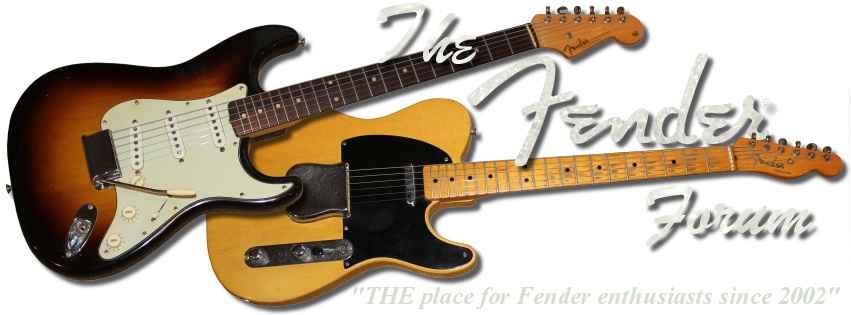As I get into more complicated blues progressions, I'm often seeing diminished 7th chords used as passing chords. But I don't have a solid understanding of the "rules" that govern such substitutions.
For example, I've seen a blues progression that substitutes the Idim7 for the IV in the 6th bar (the 2nd bar of the IV). This works because Idim7 leads or resolves to the I7. Can you use it anytime you're heading towards the I? Can you go this with other chords (i.e., IVdim7 to IV)?
Another common one is in Freddie King's "The Stumble". The changes during the "break" section are E-E-A-Bbdim7. The chromatic bassline there sounds pretty familiar to me from other tunes as well. But what's that chord substituting for (if anything)?
Or in "The Stumble", should A-Bbdim7 really be written as "A-A/Bb"? (I.e., stay on A but with a Bb bass?) That's the only note that would change in a Bbdim7, am I correct?
Any help on understanding "the weirdest triad"? Augmented I understand... diminished, not so much...
Thanks!




 Reply With Quote
Reply With Quote

